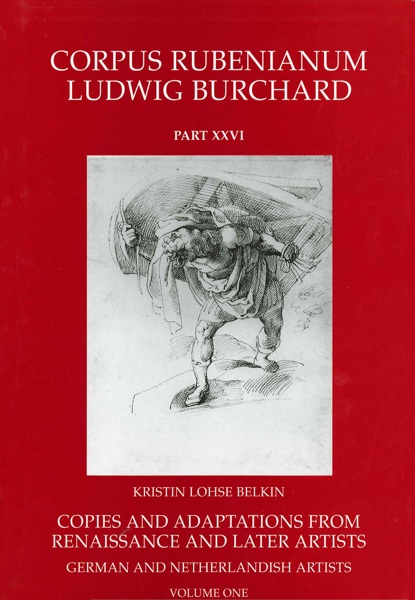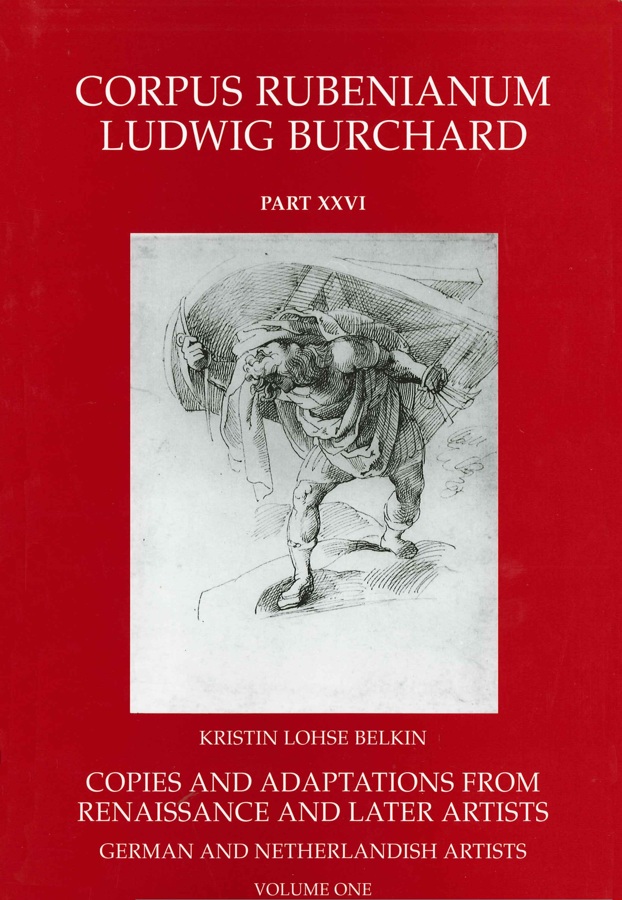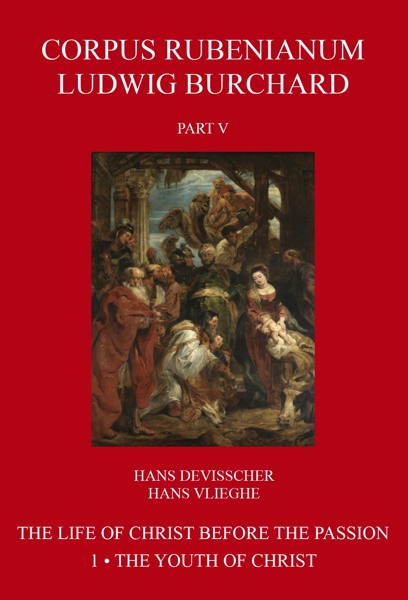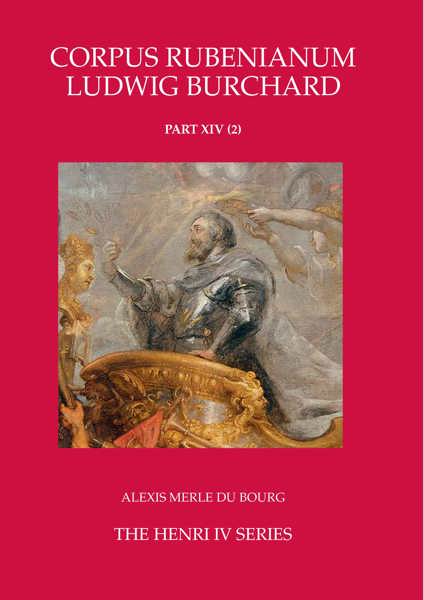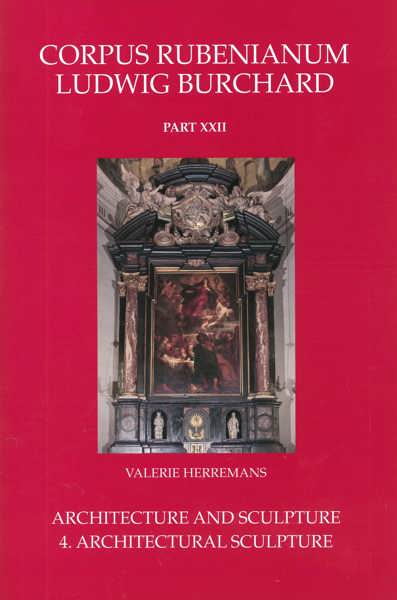
Copies and Adaptations from Renaissance and later Artists: German and Netherlandish Artists
SET
Kristin Belkin
- Pages:2 vols, 600 p.
- Size:180 x 265 mm
- Illustrations:378 b/w, 21 col.
- Language(s):English
- Publication Year:2009
- € 145,00 EXCL. VAT RETAIL PRICE
- ISBN: 978-1-905375-38-7
- Hardback
- Available
"Belkin is to be congratulated for bringing order and sensible scholarship to this challenging corpus of Rubens’s copies and adaptations." (Jeffrey Chipps Smith, in HNA Review of Books, 2011)
"[...] the current volume by Kristin Belkin meets the highest standards of scholarship in the series. Her findings are presented with the customary lavish illustrations in the uniform format that has graced the entire series." (Larry Silver, in The Art Book 17/2, May 2010, p. 41)
"Although the catalogue raisonné as on art-historical genre is no longer fashionable ...., there could be no better demonstration of its lasting value than the thorough assessment of the art of Rubens found in these volumes." (K. De Clippel, in: The Burlington Magazine, vol. 154, n° 1307, February 2012, p.126)
"Die Bände von Belkin und Wood erschliessen auf exemplarische Weise eine Gruppe von Werken, die für das Verständnis von Rubens, seiner Kreativität und seinier Bilderwelt von entscheidender Bedeutung sind. Sie belegen eindrucksvoll, wie im eigentlichen Sinne grundlegend und zugleich inspirierend Œuvrekataloge sein können. Arbeiten wie diese bleiben die unverzichtbare Basis kunsthistorischer Forschung." (C. T. Seifert, in: Sehepunkte, 12 (2012), Nr. 5, 15.05.2012)
Rubens studied his own artistic heritage. In his early youth he copied German illustrated books, such as Holbein’s Dance of Death, Tobias Stimmer’s Bible (1576), Jost Amman’s Flavius Josephus (1580) and the immensely popular Petrarch edition with woodcuts attributed to Hans Weiditz (1532). He also made drawings after engravings by Hendrick Goltzius (1596-97) and Johannes Stradanus (1589).
These copies fall into Rubens’s youth or the years immediately following his return to Antwerp. In later years, he occasionally copied from the paintings of his predecessors and compatriots, but he preferred to retain their compositions and designs by collecting and retouching their works.
He reworked drawings by German masters such as Hans Holbein the Younger, Hans Süss von Kulmbach and several artists from the school of Dürer. Sheets of Netherlandish masters were retouched by Rubens: Cornelis Bos, Bernard van Orley, Pieter Coecke van Aelst, Michiel Coxcie, Aertgen and Lucas van Leyden, Jan Swart van Groningen and Marten van Heemskerck. He also painted copies from works by artists such as Hans Holbein, Quinten Massys, Willem Key, Joos van Cleve, Jan Vermeyen and Adam Elsheimer.
Although no direct copies by Rubens after Pieter Bruegel the Elder are known, his late landscapes and genre scenes betray a profound influence from this great Flemish predecessor. He owned a number of drawings and paintings of peasant festivities with their accompanying scenes of drunkenness and brawls. It is in this category of works that we encounter all but one of the surviving Northern paintings retouched by Rubens. Among the Netherlandish paintings retouched by Rubens listed in seventeenth-century Antwerp inventories but no longer identifiable, at least one is also of a low-life subject: a Brothel Scene, possibly by Marten van Cleve.
